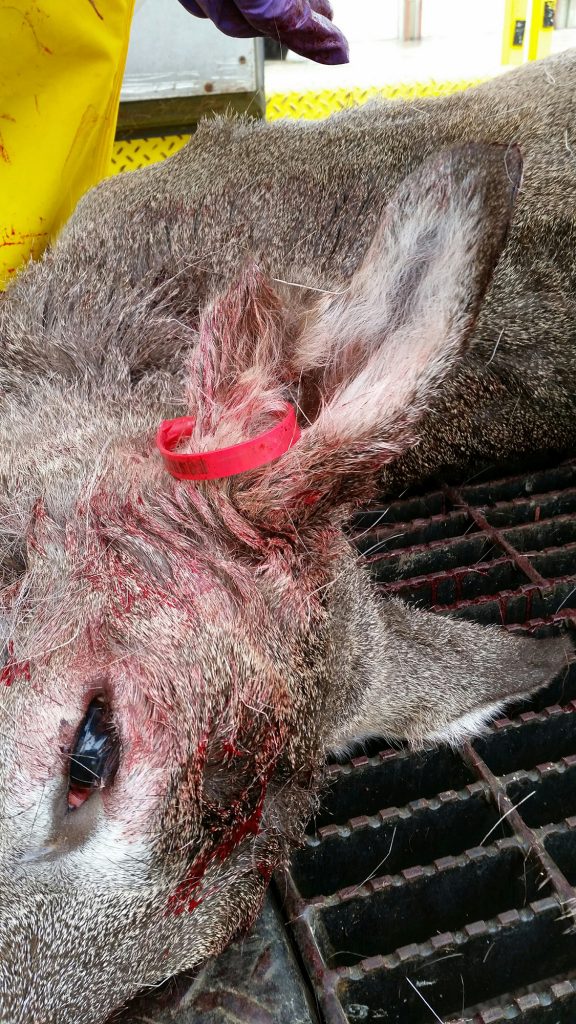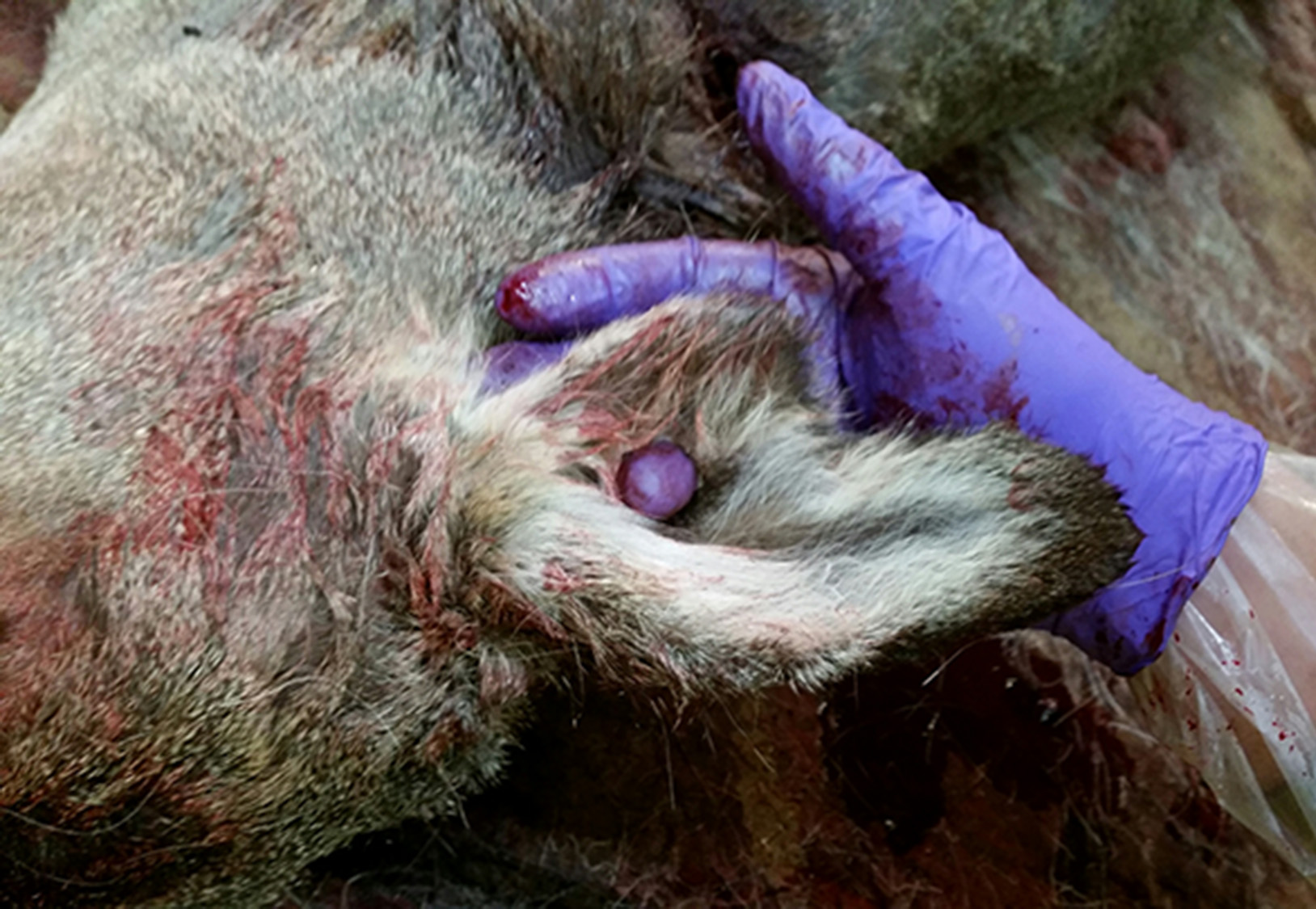As officials perform management activities in chronic wasting disease management areas in Minnesota, one deer is leading those involved to believe it had recently escaped from a captive breeding facility.
The animal, killed by federal sharpshooters in a chronic wasting disease management zone in southeastern Minnesota has spawned an investigation because of telltale markings found on the deer’s ear.
Sporting holes and cuts in its ears, sources at the Minnesota Department of Natural Resources are under the impression that this particular specimen likely escaped from a captive deer farm in the area. This finding comes as the state of Minnesota is scrambling to come up with answers to the state’s largest outbreak of chronic wasting disease on record.
While this particular specimen did not test positive for the disease, its presence is a cause for concern for state officials and local hunters. As wild deer mingle with captive deer, the risk of infection and the possible spread of disease increases dramatically. The disease is passed on typically via physical contact and is believed to flourish inside farming operations as multiple animals come into contact through the sharing of feeding troughs and water supplies.

As officials continue to investigate the incident, Minnesota’s Board of Animal Health said they are unaware of any escaped deer in the area. By law, any captive deer that has escaped from the pens within captive breeding facilities must be reported after a 24 hour period has passed.
The investigation will continue as officials search for answers and to confirm if the ear holes were, in fact, the result of a farming operation. The state is home to 460 deer and elk farms and after this incident, organizations such as the Minnesota Deer Hunters Association are calling for a state-wide audit of the farmed deer program.




